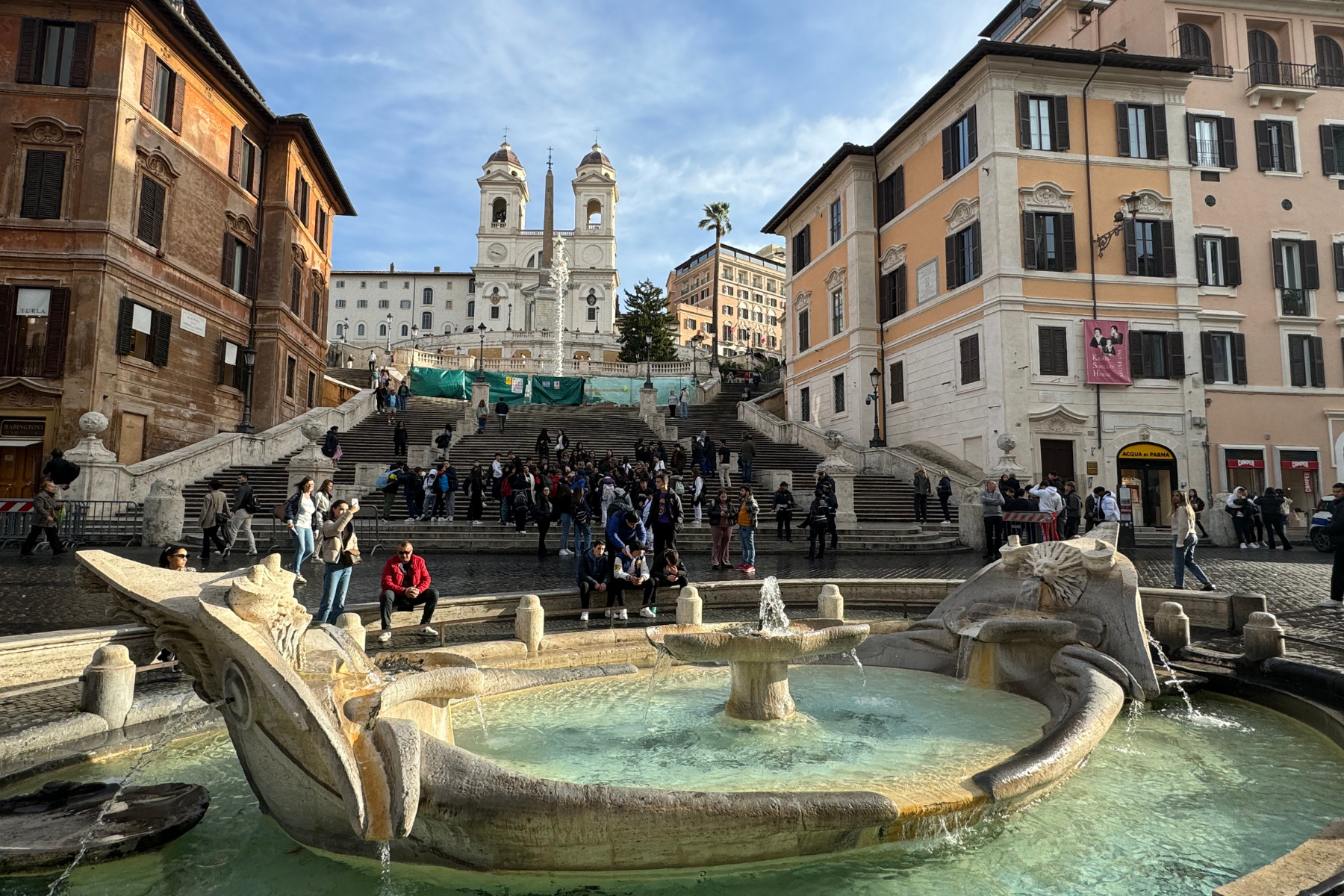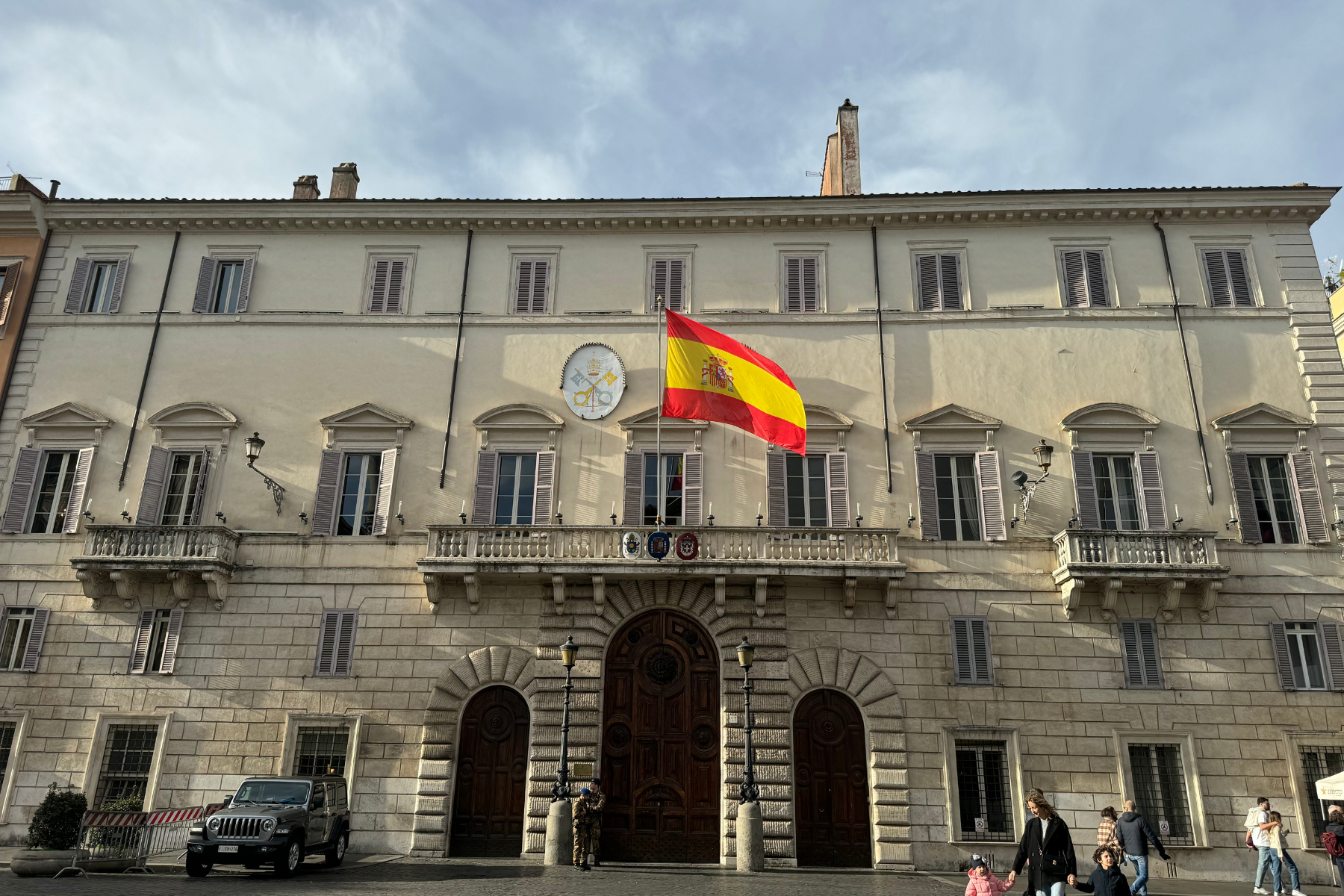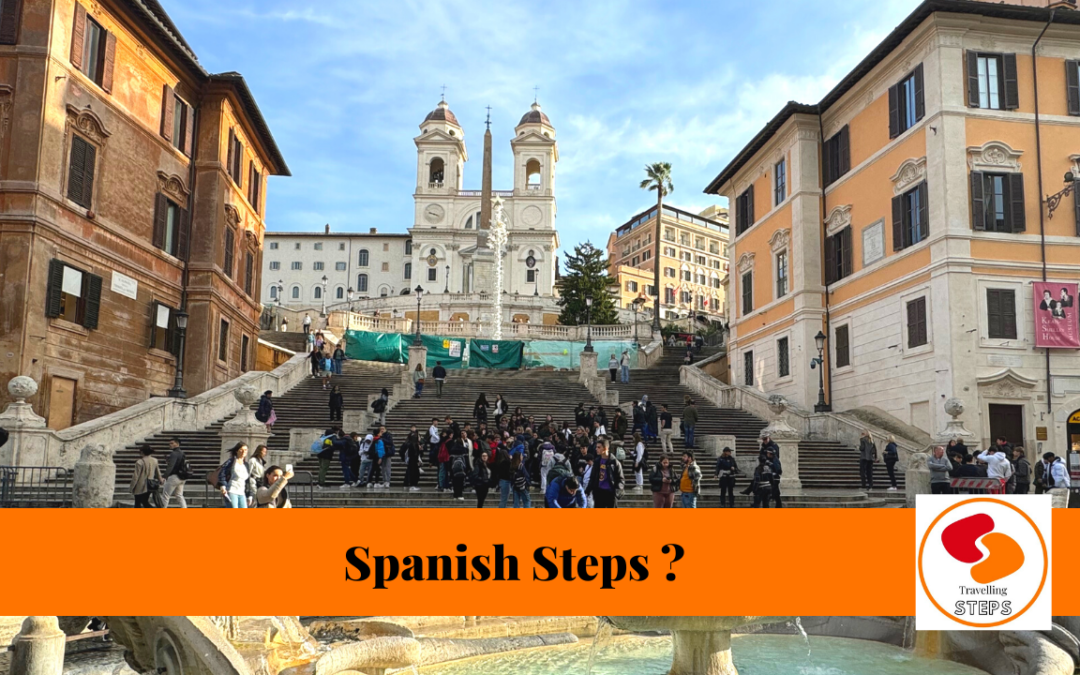Chances are that you have visited Rome. Probably you have tossed a coin into the Trevi Fountain, and your jaw has dropped marveling at the Colosseum‘s grandeur. What about the famous Spanish steps? Did you climb up the 135 steps? These are some of the must-do when in Rome, but maybe you have never thought why on earth those steps are called “Spanish” steps.
Let my take you today to Rome for a little “passeggiata”
The “Spanish” Steps?
Tucked away in the heart of the Eternal City, the Spanish Steps, is a delightful convergence of art, history, and timeless elegance. As you meander through the narrow cobblestone streets, the allure of this iconic landmark gradually unfolds.
The Spanish Steps, designed by the Italian architects Francesco de Sanctis and Alessandro Specchi in the 18th century, are a testament to the artistic finesse of the Baroque era. Here’s the scoop – the steps were financed by the French government.
The steps cascade gracefully, connecting the Piazza di Spagna at the base to the Trinità dei Monti church at the top.
At the base of the steps lies the Barcaccia Fountain, a whimsical creation by Pietro Bernini, father of the more renowned Gian Lorenzo Bernini. This sunken boat-shaped fountain holds a deep meaning. Legend has it that during a flood of the Tiber River, a boat ended up in this spot, and the Barcaccia pays tribute to the destruction and the casualties that the flood left behind.
As you reach the top, the Trinità dei Monti church stands tall and proud, offering one of the most gorgeous panoramic views of the city below. The church’s Renaissance architecture and exquisite frescoes provide a serene contrast to the lively scene on the steps. By the way, the view from the church is breathtaking.
But why the misleading name of the steps?
Well, the square at the bottom of the steps is called Piazza di Spagna, and it got its name from the Spanish Embassy to the Holy See, which is nearby. In fact if you face the steps you will find the late XVII century building, still running as the Spanish embassy, on your right. It is right in front of the headquarters of the Italian fashion house of Valentino.
As you can see, they are not so “Spanish” steps, but I still love them.
Anyway, as I am taking about Rome, let me give you at least one Real Spanish-Rome connection, or to be more precise a real Basque-Roman connection.
Jesuits in Rome
In the heart of Rome, where history and spirituality intertwine, stands the magnificent Church of Gesu. This church was founded by the Jesuits, whose founding Father was Saint Ignatius of Loyola. A great Basque man. I know that we can also find in Rome the amazing church of Ignatius but let me focus today on the church of Gesu.
The Church of Gesu, also known as the mother church of the Society of Jesus (Jesuits), was consecrated in 1584. Its imposing facade and lavish interior are a testament to the Baroque brilliance. The church was designed to be a focal point for the Jesuit order, emphasizing the importance of education, missionary work, and the pursuit of spiritual enlightenment.
This sacred space holds within its walls not only architectural splendor but also a relic of immense significance – the incorruptible arm of Saint Francis Xavier.
Yes, Saint Francis, my personal hero. He was born in the village of Xavier just a short drive away from my home in Pamplona. He is so important to my family that I was named after him. I was even baptized in the same baptism font where he was baptized. We love this Saint!
Saint Francis Xavier was a missionary extraordinaire, traversing across Asia to spread the teachings of Christianity. It is said that with his right hand (the one exposed at this church) he Christianized millions of people. The preservation of his incorrupt arm serves as a tangible connection to the zeal and dedication of the Jesuit mission.
You will have to fly a bit further to see the rest of the uncorrupted body of Saint Francis. You need to travel all the way to the city of Goa in India and visit there the church of Saint Paul.
I know that no one needs an excuse to return to Rome, but just in case you are doubting here you have two excellent excuses: the not so “Spanish” steps and the “Basque” church of Gesu.
Forza Italia!
❤️❤️
#TravelHistory #SpanishSteps #jesuits #ignatius #gesu #italy #rome #WanderlustJourney






